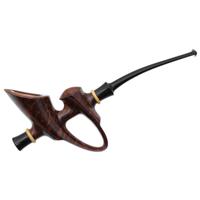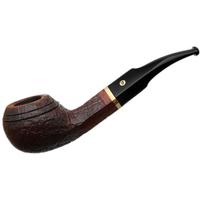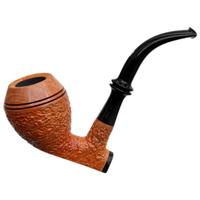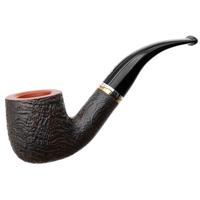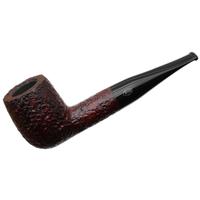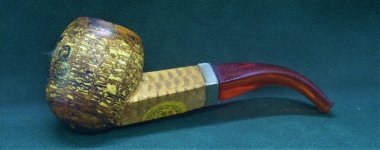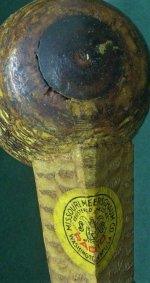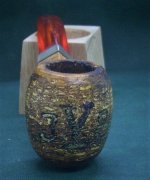years for missouri meerschaum "radio" pipes?
- Thread starter ohfatty
- Start date
You are using an out of date browser. It may not display this or other websites correctly.
You should upgrade or use an alternative browser.
You should upgrade or use an alternative browser.
I also don't know what you're referring to, but in an effort to be helpful, I will say that Missouri Meerschaum has excellent customer service, and someone there would be happy to answer the question by phone or email.
I have, what I think is an older MM, and it has a label that has RADIO written on it. I will post a photo tomorrow. Thanks guys
Missouri Meerschaum could likely give you the most accurate information.
Every time I’m close to Washington Missouri I enjoy visiting Missouri Meerschaum. They have a factory store and museum, both fascinating.
Some interesting facts, about cob pipes.
About the year 1900 there were over 20 manufacturers of cob pipes in Washington. MM bought out the last competing operation about 1977, Buecher’s
MM was the most innovative, is why they survived. They advertised more, and better.
The people that make those pipes are Missourians. They need their reins laid on them loose. To this day if you work at MM and want to go fishing or hunting you take off and go. You are never asked to pee in a cup. Grandfathers, sons, and grandsons work side by side on same machines in the same factory as their great great grandfathers.
If I recall correctly “Radio” referred to the stems being made of Bakelite, same as old time radios.
Look at the printed etchings on some MM cob shanks today. It’s made to simulate cob, which used to be shank material.
The earliest and most basic models used reeds for one piece stems.
The best of those were imported Tonkin bamboo cane, same as in fishing poles.
Every pipe is made one at a time, by Missourians using old time machinery, some from the 1870s in the same late 1800s factory.
Why anybody would buy a cheap knock off when the genuine article costs the same as a pack of cigarettes is beyond me.
Some interesting facts, about cob pipes.
About the year 1900 there were over 20 manufacturers of cob pipes in Washington. MM bought out the last competing operation about 1977, Buecher’s
MM was the most innovative, is why they survived. They advertised more, and better.
The people that make those pipes are Missourians. They need their reins laid on them loose. To this day if you work at MM and want to go fishing or hunting you take off and go. You are never asked to pee in a cup. Grandfathers, sons, and grandsons work side by side on same machines in the same factory as their great great grandfathers.
If I recall correctly “Radio” referred to the stems being made of Bakelite, same as old time radios.
Look at the printed etchings on some MM cob shanks today. It’s made to simulate cob, which used to be shank material.
The earliest and most basic models used reeds for one piece stems.
The best of those were imported Tonkin bamboo cane, same as in fishing poles.
Every pipe is made one at a time, by Missourians using old time machinery, some from the 1870s in the same late 1800s factory.
Why anybody would buy a cheap knock off when the genuine article costs the same as a pack of cigarettes is beyond me.



